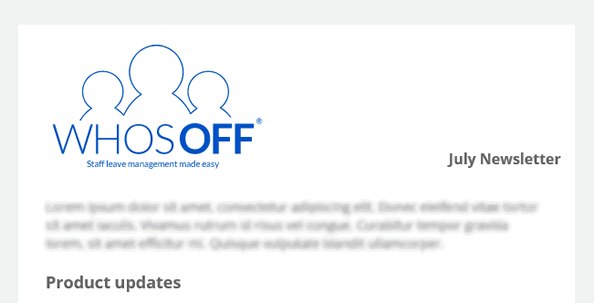Companies are always looking for perks that will attract and retain the best employees. And in recent years, one of the newest headline benefits has been unlimited annual leave. However, many firms that have trialled this scheme have not seen the benefits they hoped.
From employees worrying about taking ‘too much’ time off to critical calendar clashes, limitless holiday can be difficult to manage. And it’s leading many companies to turn their back on these policies in favour of returning to fixed holiday agreements.
Why are companies trialling unlimited annual leave?
The number of companies offering staff unlimited annual leave has significantly increased in recent years. Industry leaders from Netflix and LinkedIn to Glassdoor and GitHub have introduced limitless leave policies. And just a few weeks ago, Goldman Sachs became the latest major enterprise to reformat its approach to employee holiday.
It’s easy to see why so many firms are trialling unlimited leave schemes; in theory, letting staff set their own holiday patterns is an attractive idea, which is much more cost-effective than most other staff benefits.
And, as we outlined in our introduction to unlimited leave blog post, there are many advantages to a limitless leave set-up, including:
- Eye-catching perk for potential employees – helping companies to recruit high calibre people.
- Good for staff retention – people are reluctant to leave their current role for a company that won’t offer them as much paid time off.
- Highly flexible– rather than taking full days or weeks off, unlimited leave gives employees the chance to factor-in everyday commitments such as medical appointments and childcare pick-ups, without having to use their holiday entitlement or ask for permission to take time off during the working day.
- Reduce HR demands – some tasks become simpler (or even unnecessary) with an unlimited holiday policy; for example, there’s no need to keep tabs on total leave taken or calculate annual leave carryover.
However, the reality of managing unlimited leave can be very different to the concept. So much so that some companies have returned to fixed holiday entitlements; digital marketing agency Unknown is one firm that has already made the switch back.
Why doesn’t unlimited leave work for all companies?
Now that the limitless leave movement has gone mainstream, we can learn from the experiences of companies that have already trialled the scheme. And many early adopters have found that taking away formal structures around holiday allowances have led to some major HR issues, such as:
- Employee anxiety – not everyone likes the freedom of being able to take time off whenever they want. Many companies piloting unlimited leave have found team members looking to each other to confirm an appropriate amount of time to take off, or worrying that colleagues think they aren’t pulling their weight when they’re on leave.
- Staff not taking enough time off – employee fears and anxieties over abusing unlimited leave policies are actually leading to many people taking fewer days off than if they’re given a fixed holiday entitlement. And, as bosses and HR teams know too well, presenteeism can lead to employee burnout.
- Difficulty managing holiday transparently – companies without an online holiday management system in place have found tracking unlimited time off difficult. Without visibility over who’s off when, staff who aren’t taking enough leave can slip through the net – leading to the burnout situation we just mentioned.
- Calendar clashes – it’s not just individual performance that can suffer without a central leave management system. If companies lack a clear view of employee absences, key people can easily book the same time off, leading to critical staffing shortages.
Some of these problems can be fixed with changes to company annual leave policies – for example, setting a minimum holiday requirement and onboarding an online system for managing staff holiday, such as WhosOff.
However, many businesses feel unlimited leave just isn’t a good cultural fit – and employees would be happier returning to familiar territory.
Is it time firms returned to fixed annual leave entitlements?
Ultimately, there’s no set framework for employee perks; each company has to find a package that works for their own needs as well as potential and current employees. And managed correctly, unlimited annual leave can be very appealing. But so can a fixed holiday entitlement – especially if the allowance is generous compared to industry standards.
With both limitless and set leave entitlements, businesses need a clear, centralised system for managing time off. By investing in tools such as WhosOff’s online holiday calendar, it’s much easier to give staff the break they want and need, without compromising company operations.
Try WhosOff for free to manage your staff leave online.
Photo by Anugrah Lohiya of Pexels.com

